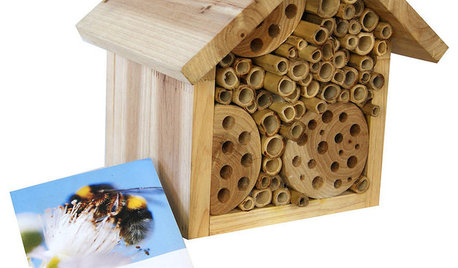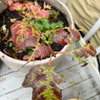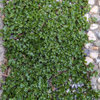That poor ladybug!!!
vp_78
10 years ago
Related Stories

LIFEDo You Believe in Luck Around the House?
Broken mirrors, spilled salt, an unavoidable ladder — superstitions don't seem to affect this homeowner. Knock wood
Full Story
GARDENING GUIDESNew Ways to Think About All That Mulch in the Garden
Before you go making a mountain out of a mulch hill, learn the facts about what your plants and soil really want
Full Story
GARDENING GUIDESHow to Keep Your Citrus Trees Well Fed and Healthy
Ripe for some citrus fertilizer know-how? This mini guide will help your lemon, orange and grapefruit trees flourish
Full Story
GARDENING GUIDESAttract Hummingbirds and Bees With These Beautiful Summer Flowers
Roll out a welcome mat for pollinators to keep your landscape in balance and thriving
Full Story
SAVING WATER11 Ways to Save Water at Home
Whether you live in a drought-stricken area or just want to help preserve a precious resource, here are things you can do to use less water
Full Story
GARDENING GUIDESGarden Myths to Debunk as You Dig This Fall and Rest Over Winter
Termites hate wood mulch, don’t amend soil for trees, avoid gravel in planters — and more nuggets of garden wisdom
Full Story
GARDENING GUIDESHow to Switch to an Organic Landscape Plan
Ditch the chemicals for a naturally beautiful lawn and garden, using living fertilizers and other nontoxic treatments
Full Story
PRODUCT PICKSGuest Picks: 20 Ways to Play Garden Host to Birds and Bees
Perch some of these houses and feeders around your garden, and watch pollinators and feathered friends flock in
Full Story
FUN HOUZZHouzz Pets: 50 Cats Cozy Up at Home
Design-Loving Felines Have the Run of the House
Full Story
HOUSEKEEPINGHow to Clean Your Range and Oven
Experts serve up advice on caring for these kitchen appliances, which work extra hard during the holidays
Full StoryMore Discussions











ronalawn82
calliope
Related Professionals
Beavercreek Landscape Architects & Landscape Designers · Marina Landscape Architects & Landscape Designers · Tomball Landscape Architects & Landscape Designers · Manchester Landscape Contractors · Norwood Landscape Contractors · Byram Landscape Contractors · Camp Verde Landscape Contractors · Cerritos Landscape Contractors · Costa Mesa Landscape Contractors · Englewood Landscape Contractors · Fair Lawn Landscape Contractors · North Ridgeville Landscape Contractors · Palatine Landscape Contractors · West Covina Landscape Contractors · Wethersfield Landscape Contractorsjean001a
vp_78Original Author
vp_78Original Author
Kimmsr
calliope
vp_78Original Author
woohooman San Diego CA zone 10a
vp_78Original Author
woohooman San Diego CA zone 10a
woohooman San Diego CA zone 10a
Kimmsr
Kimmsr